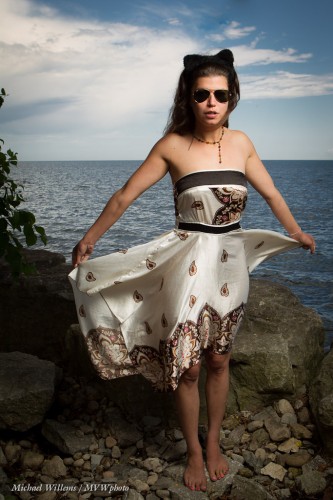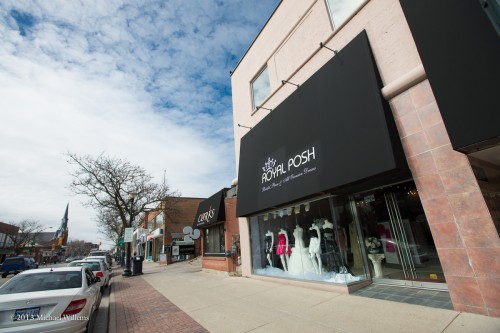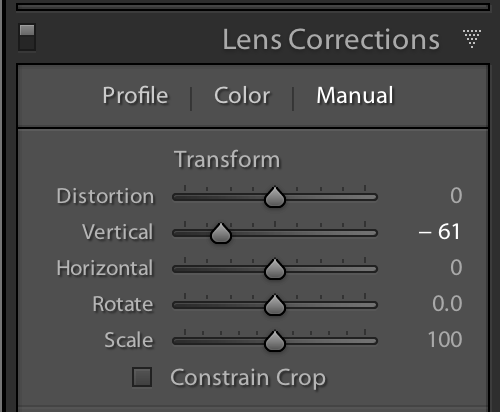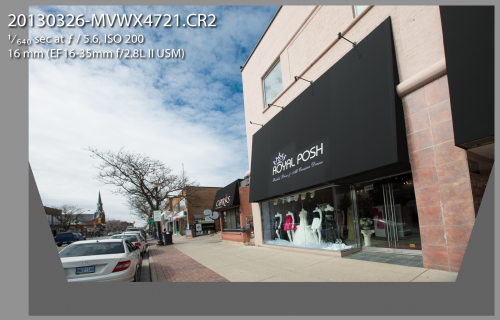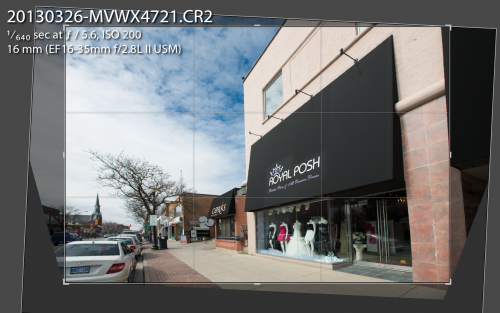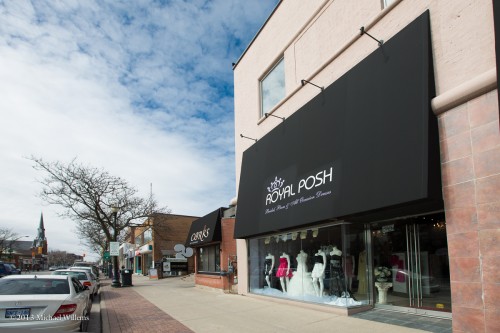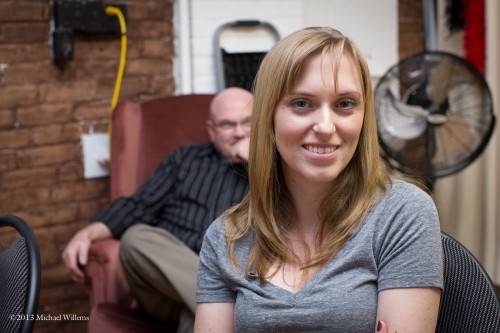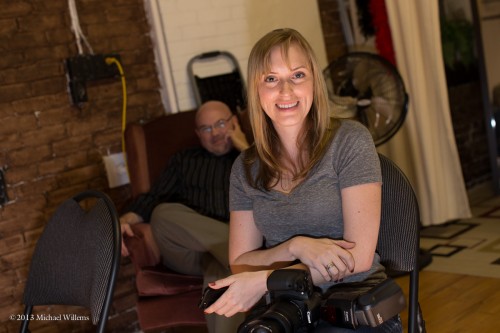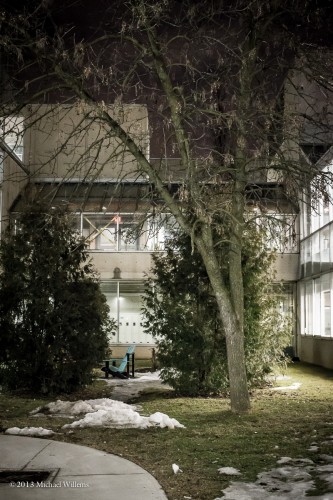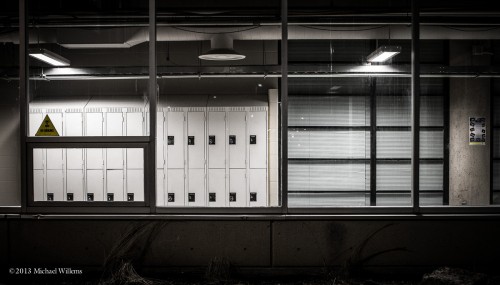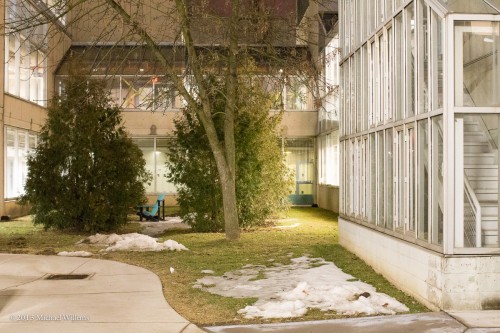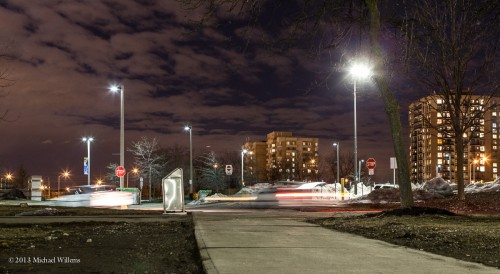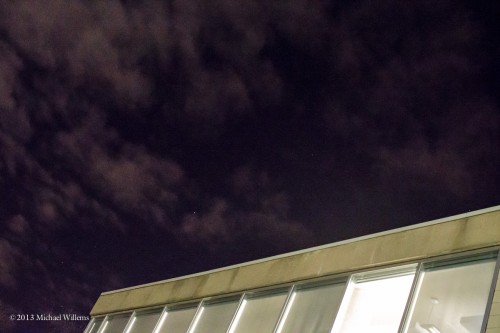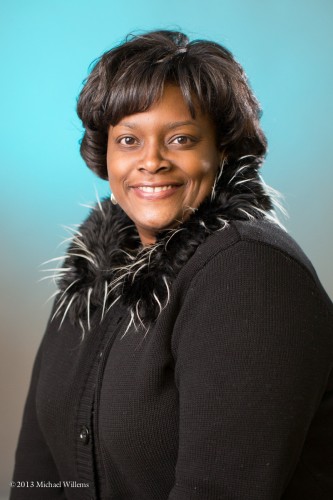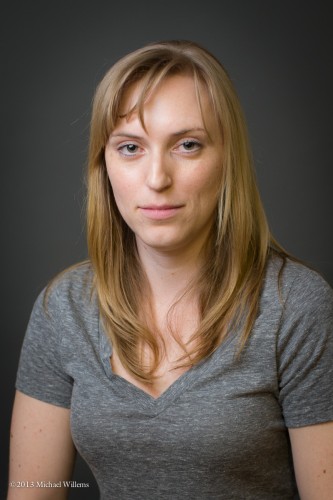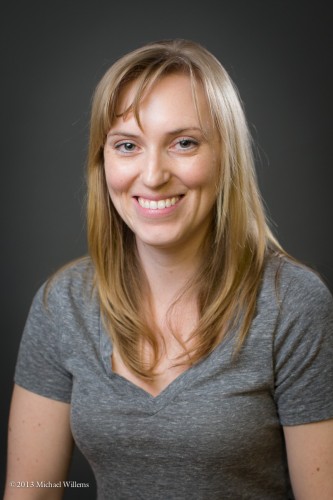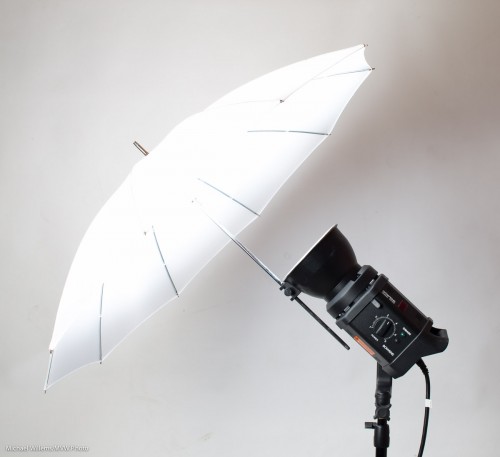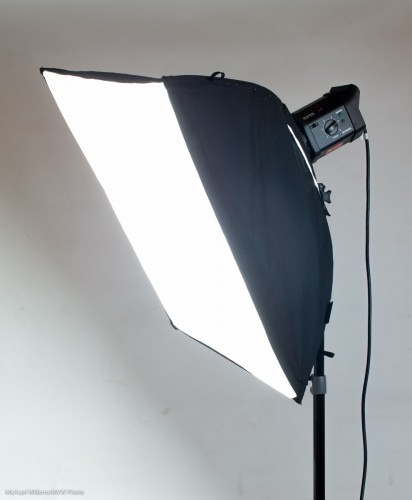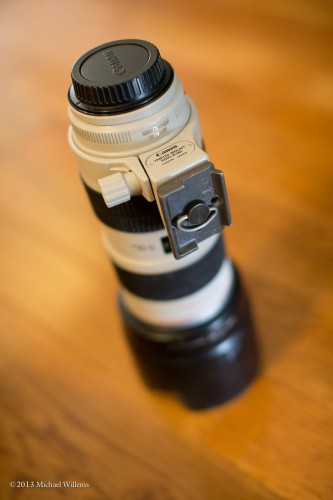When using flash, as you know, I very often use just one off-camera speedlight in an umbrella, like this:
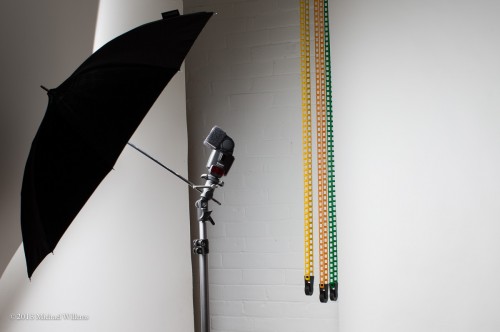
But as you have read here before, there will often be limits to what you can do in practice. These limits and how we handle them are “what separates the men from the boys”. Usually, they are not coincidence: flash makers have made their flashes to be just the right power, for instance, to meet normal earth sunlight conditions. To help you, here are a few limits and solutions:
SHUTTER SPEED: You will run into limits w.r.t. shutter speed: when using flash, normally 1/200th to 1/250th sec will be the fastest shutter speed you can use. Solutions: be aware of this limit, and use low ISO/small aperture to control light.
POWER: Most of all, you will run into power limits. At 1/200th, in bright sunlight you will have to go to f/16-f/24 for a proper exposure, and this means the flash will have to be very powerful to equal or overpower the ambient light (we call this “nuking the sun”). Solutions: use no modifier but fire direct (a direct flash has much more power than a modified one!); or move the flash closer to the subject; or use multiple flashes.
LINE OF SIGHT: Outdoors, your off-camera flash must be able to see the “morse code” light pulses emitted from your on-camera flash. Make sure that the little round light sensor on the side of your flash (Nikon) or the red area on the front of your flash (Canon) can see your camera!
HEAT: Nikon flashes like the SB-800, SB-900, SB-910 and so on, and to a lesser extent Canon flashes, will overheat (and depending on model either break, or shut down, or slow down) when you use the flash repeatedly at full power or anything close to it. Solutions: fire the speedlights at lower power.
CONDITIONS: If the ceiling you are trying to bounce your flash off is 50 feet high, you will have to go to a very high ISO setting. Solutions: do use that high ISO, or use very fast prime lenses, or ask people to move to a better location.
FOCUS: In the dark, focusing your camera is very difficult. Solutions: use a flashlight, or a laser pointer; or focus manually.
TTL INCONSISTENCY: In fact, TTL systems like E-TTL or CLS work very consistently. Solutions, therefore: learn exactly how the TTL technology works; learn exposure and metering; adjust by using Flash Exposure Compensation; avoid reflections; use Flash Lock (FEL/FVL).
There are many more challenges, and the good news is that for each such challenge there is a set of solutions. Learn the tech, and then you will be able to concentrate on what really matters: composition, light, moment!
Enjoy Passover / Easter / the start of spring; and let me leave you with the Thursday News Roundup:
- LEARN… Join me to learn studio shooting on April 10, and join me in many other courses: see www.cameratraining.ca/Schedule.html
- WEDDINGS… Watch for news on The Wedding Café: Celebrity planner Jane Dayus-Hinch’s new initiative, which colleague Kristof and I are part of!
- DESTINATIONS… I am off April 14-21 to shoot a wedding in Jamaica.
- And finally GEAR: Nikon Canada is lending me a D4 and a few lenses and a flash for two weeks. I shall report on them in detail here.. excited!
If you have any time, then use this long weekend to learn and practice some new photography skills. I vote for “Flash”. Here’finally, a sample snap taken with one flash in an umbrella:
